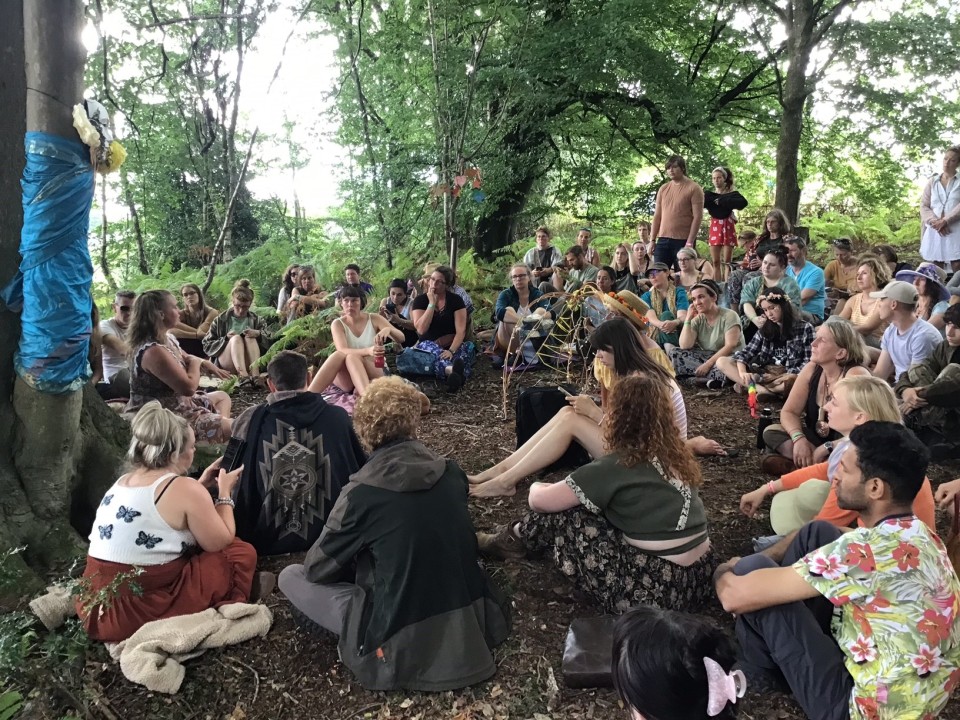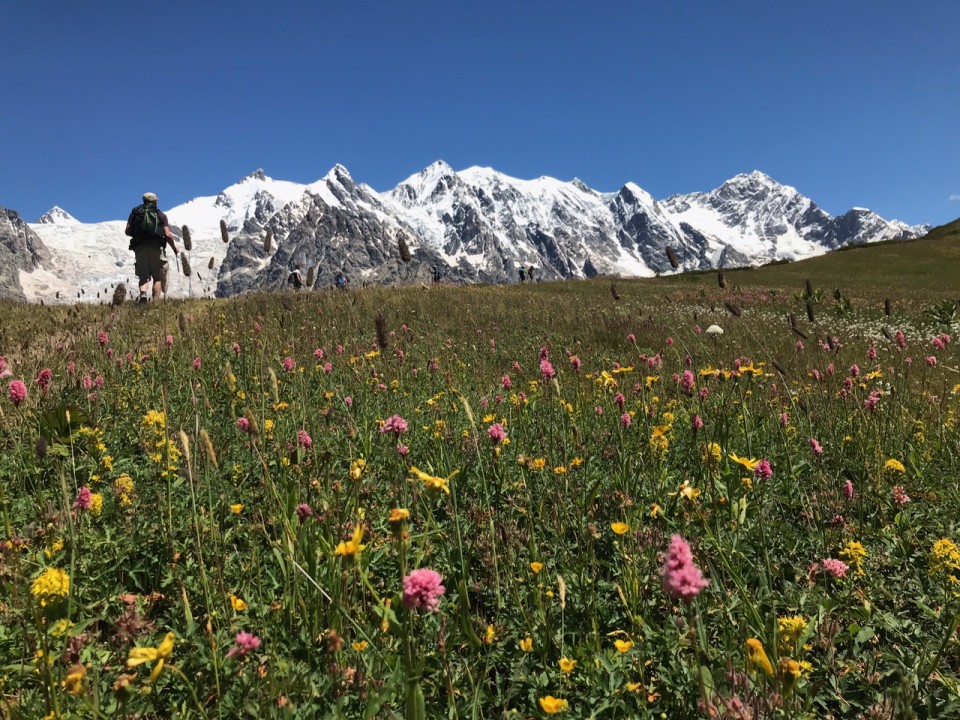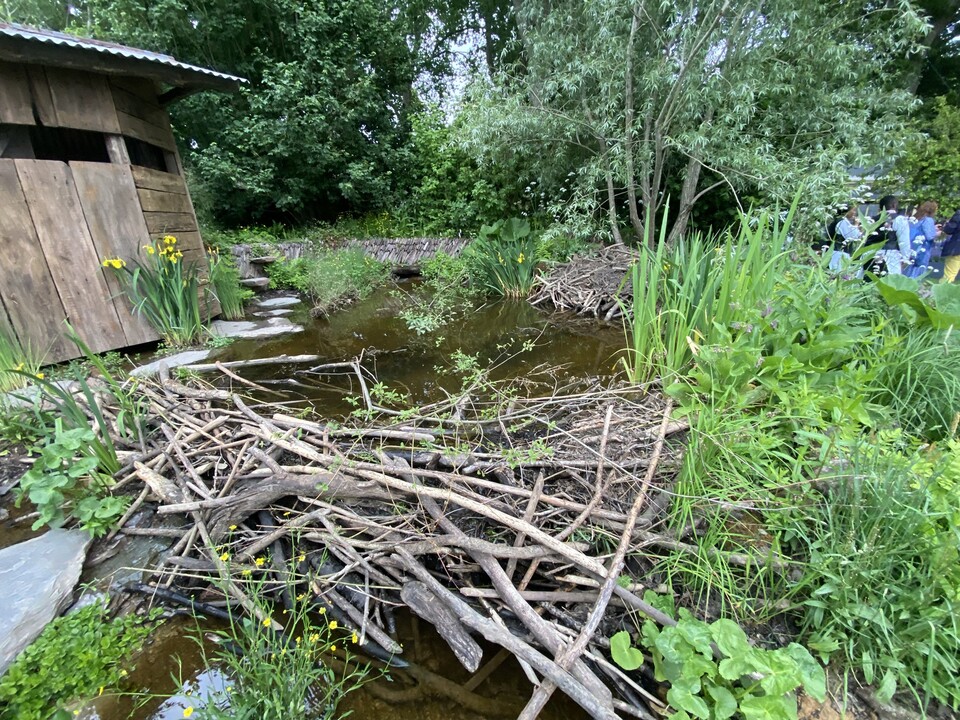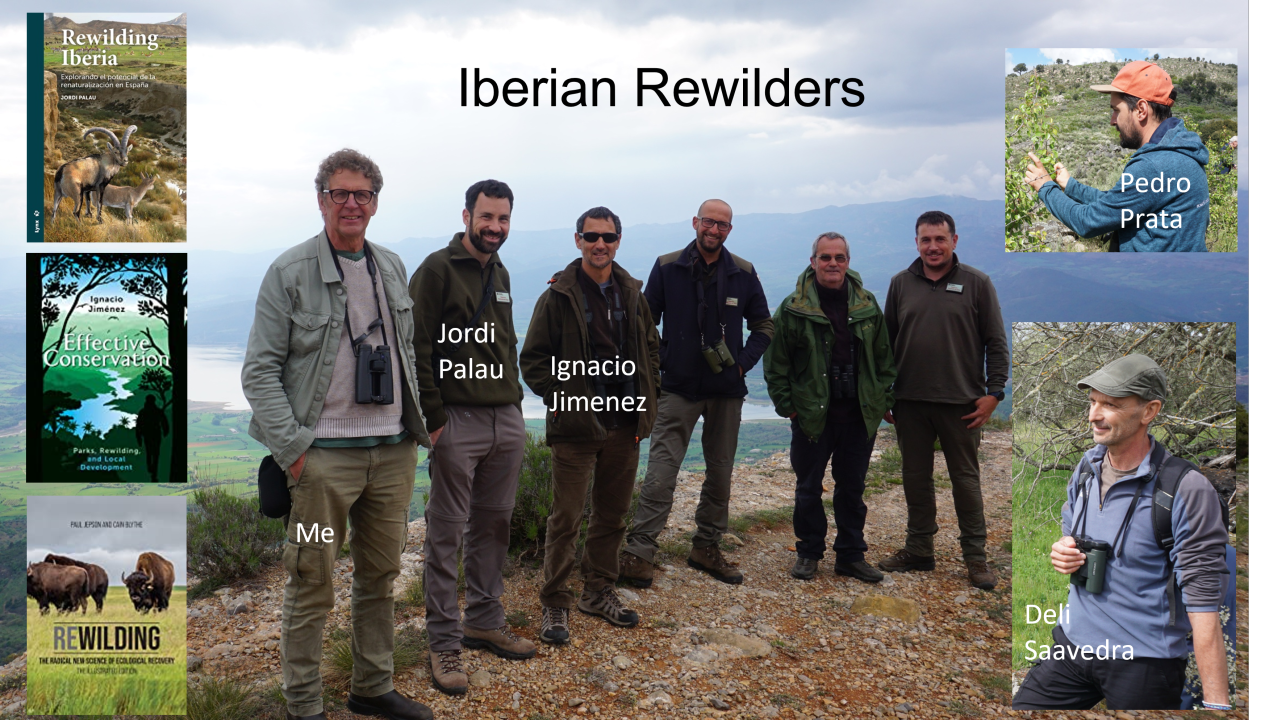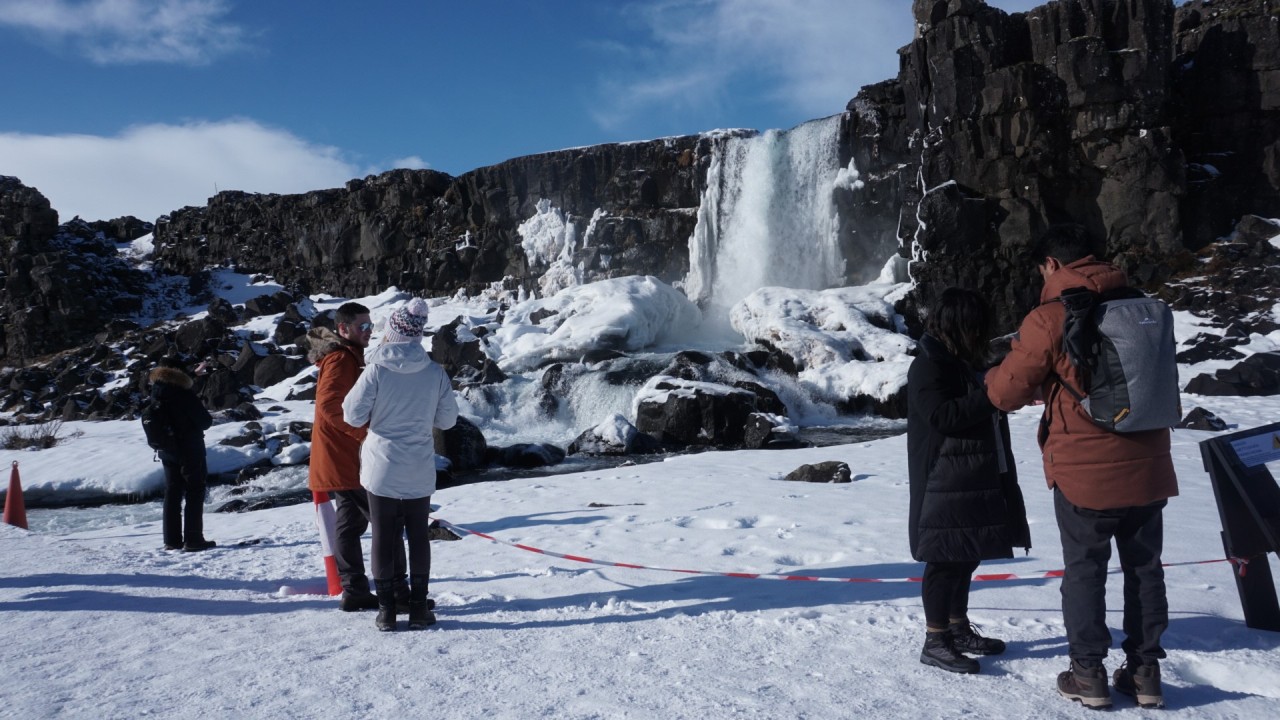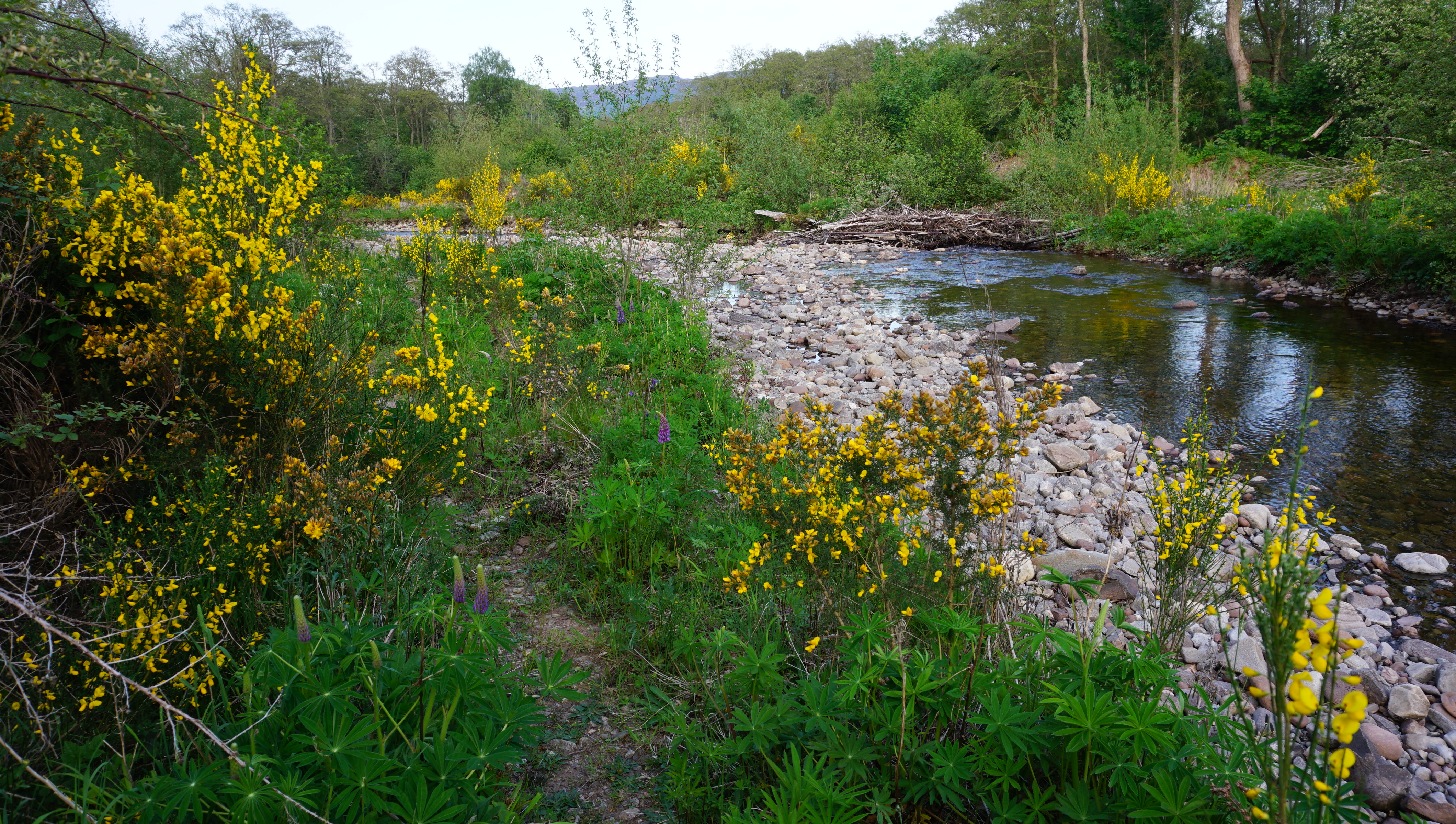First published on the Ecosulis blog on 9 March 2020
At this year’s PlantLife debate, a panel comprising Professor Dieter Helm (University of Oxford), Clare Pillman (Chief Executive Natural Resources Wales), Dr. Trevor Dines (PlantLife Botanical Specialist) and Ecosulis Nature Recovery Lead Dr. Paul Jepson discussed the question of whether rewilding works for plants. The following blog is based on Dr. Paul Jepson’s response.

Large grazers, such as this Tauros in the Netherlands, are an integral part of dynamic wood-pasture-wetland systems that abound in plant species and growth forms. Image: FREE Nature.
Forward, not back
Does rewilding work for plants? My short answer to the question is yes, absolutely.
From a scientific perspective, rewilding is about reversing the long-term downgrading of ecosystems. In the UK such downgrading has happened over a period of 10,000 years, with a series of events – the Neolithic clearing of forests, wetland drainage in the Middle Ages, 18th century field enclosures, and more recently agricultural intensification and pollution – having a hugely negative impact on wild nature, including plants.
This long-term view underlines the fact that there have been multiple historic baselines for nature. There is now no way back to these. This is why a key recovery principle of European rewilding is to “take inspiration from multiple pasts to shape future natures”.
I started my career in Manchester restoring rubbish tips to “countryside” as part of a broader programme of urban regeneration. I find it remarkable how often critics of rewilding interpret the “re” prefix to mean “back” – a return to some previous era – rather than again – the prospect of something new and better.
Nobody involved in 1970s Manchester regeneration was talking about returning the city to its industrial past. It signified a desire for Manchester to regain its pride, cultural vibrancy and thriving economy – which it did. For me, rewilding is much the same. It is about ecological and landscape regeneration and has nothing to do with notions of regression or return.
Ecospaces support diversity
If we look at today’s landscapes, they are remarkably structured and static and full of barriers of different sorts. Advances in ecological theory suggest that to recover and regenerate ecosystems we need to do three things, within the constraints of what is possible:
- Re-expand trophic complexity: In its natural state the web of life is a complex and dynamic system of relationships connecting soils, water bodies, vegetation and the atmosphere, yet today this web is frequently denuded and impoverished.
- Restore natural disturbances.
- Restore the capacity of plants and animals to disperse.
Restoring these three aspects of our landscape has to be good for plants, because many have evolved to take advantage of the ephemeral and diverse “ecospaces” created by disturbance and the grazing, browsing, trampling, roaming and defecating activities of large herbivores.
This all clicked for me on a March day a few years ago when Wouter Helmer, one of Europe’s leading rewilding practitioners, was showing me around the Geldersee Poort river rewilding project near the city of Nijmegen. We were walking along a sandy river shore, covered with patches of black poplar seedlings. Helmer explained that black poplar had become extinct in Dutch river delta areas because, as they now realise, it requires warm, shallow, lapping water to geminate. River management across Western Europe, including in Britain, has created banked channels and these ecospaces have been lost.
Turning inland we encountered a wandering group of semi-wild Galloway cattle, their shaggy coats full of seeds and burs. And later on, as we contemplated a herd of Konik pony stallions, Helmer pointed out the structural diversity of plants introduced by these animals – tightly grazed lawns, transitioning into patches of ruderal herbs where they had dunged, and criss-crossed by lightly eroded trails. Over a 15-year period, ecologically impoverished agricultural land had been transformed into a dynamic wood-pasture-wetland system, abounding in plant species and growth forms.
A different aesthetic
Having said all this, if I was to rephrase the question along the lines of “is rewilding good for plant spectacles?”, my answer would have to be no. Large herbivores – cattle, horses, deer (and even wild boar and beavers) – are powerful ecological engineers. While they drive the re-expansion of trophic complexity, they also disrupt annual spectacles such as the purple haze of bluebells or multi-coloured hayfields which we look forward to and cherish.
Rewilding produces landscapes that are shades of green, brown and yellow, interspersed with flush and jewels of colour. This is a different and perhaps lower quality plant aesthetic than that produced by traditional conservation management.

The purple haze of bluebells that so often characterise a UK spring are part of our natural heritage, and would still be protected under rewilding regimes. Image: Daniel Allen.
Conservation ++
That said, another key principle of European rewilding is to “protect the best, restore the rest”. From an ecological perspective, this recognises that our existing protected sites are vital sources of species for rewilding landscapes, and that we shouldn’t risk losing them.
From a cultural perspective, the principle recognises that these protected plant assemblies are part of our heritage and worthy of conservation in their own right. It also captures the pragmatism and ambition of rewilding. While the UK is land rich, much of the land is degraded. Rewilding aims to “kick on” and add nature recovery to landscapes beyond our protected and treasured wildlife sites. I like to think of rewilding as “conservation plus plus”.
Organised chaos
I could also reframe the question “does rewilding work for the tidy way in which we have classified plant communities according to habitat types, and the target and accounting-based conservation policy this enables?”.
My answer to this question is also no. Rewilding restores “messy chaos” in our landscapes and plant communities, making them very difficult to order. However, advances in computation and systems-based thinking are now enabling ecologists to move away from species and habitats towards function and other traits as a means of classification. Habitat and vegetation classifications are artefacts of Victorian natural history and 1970s community ecology. Rewilding, in combination with new technology, can stimulate the creation of more sophisticated and dynamic forms of classification, better suited to the needs and opportunities of nature recovery in the 21st century.
In conclusion, rewilding is about reassessment, embracing change and being willing to embark on uncertain but potentially rewarding journeys of nature recovery.


